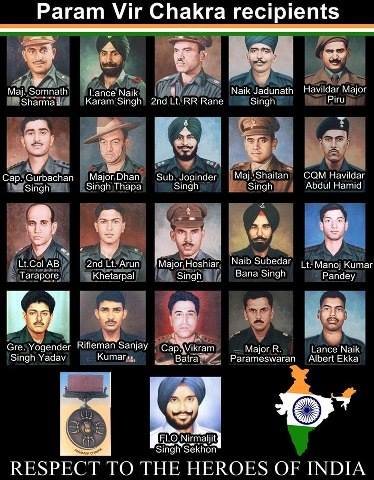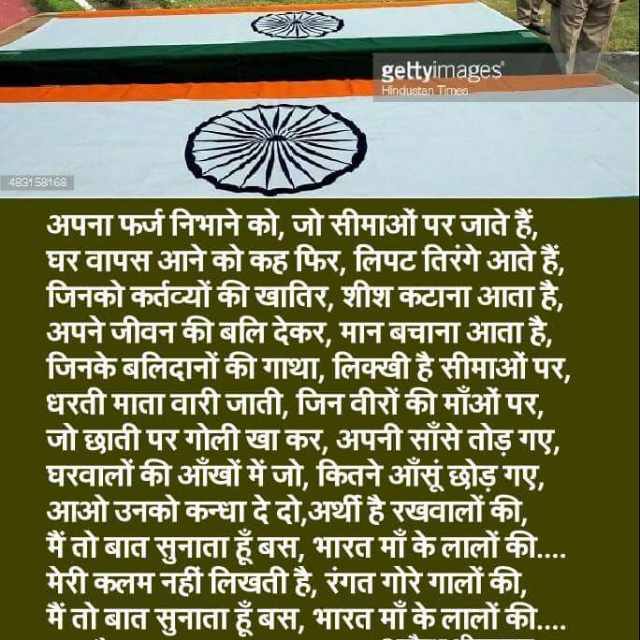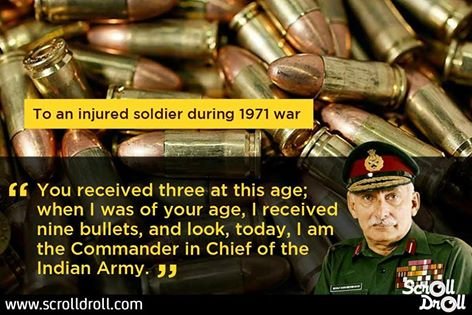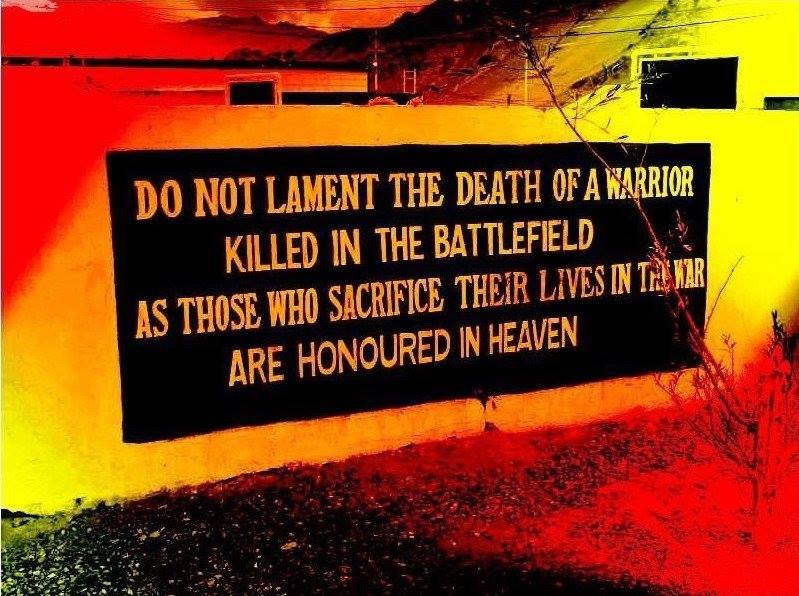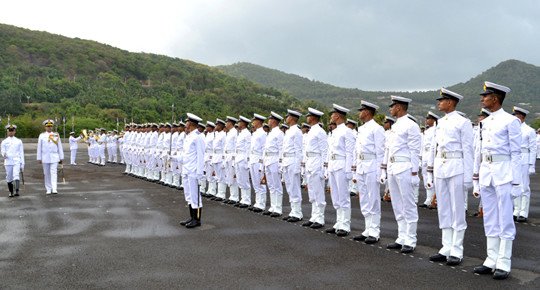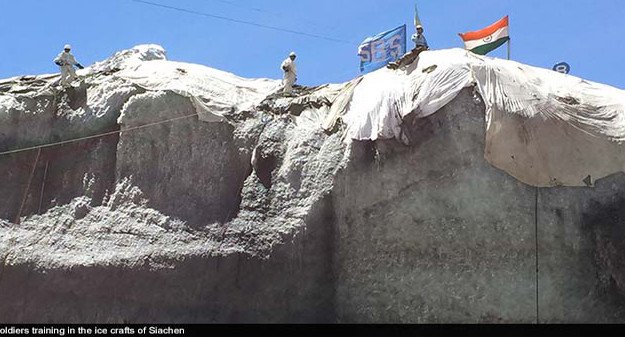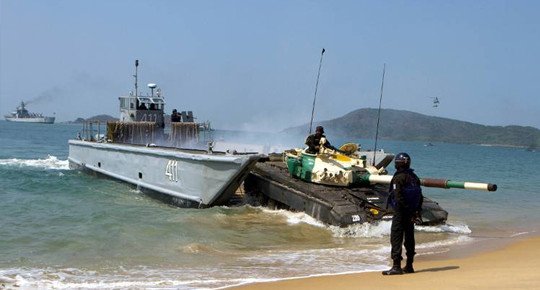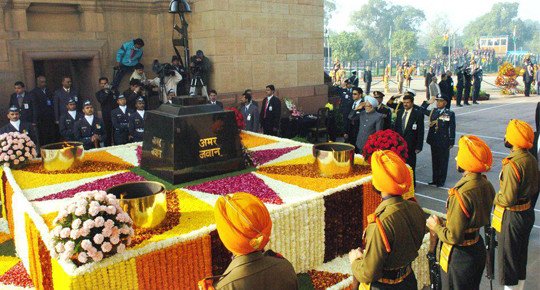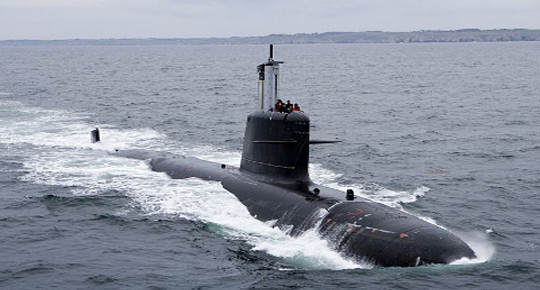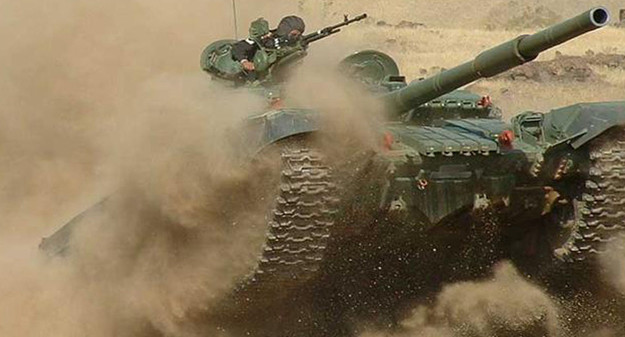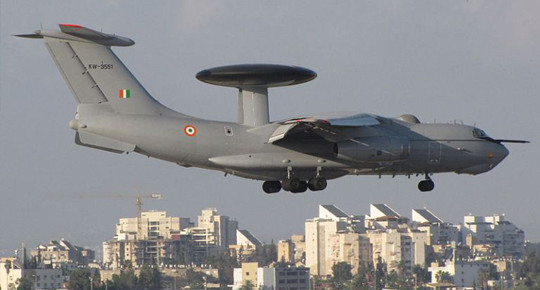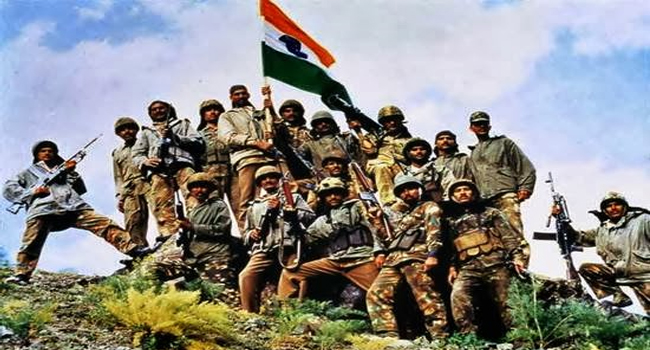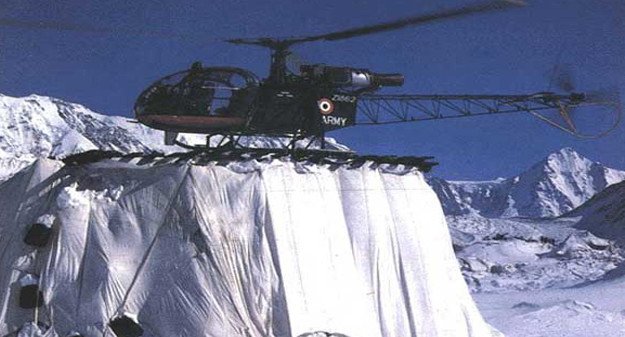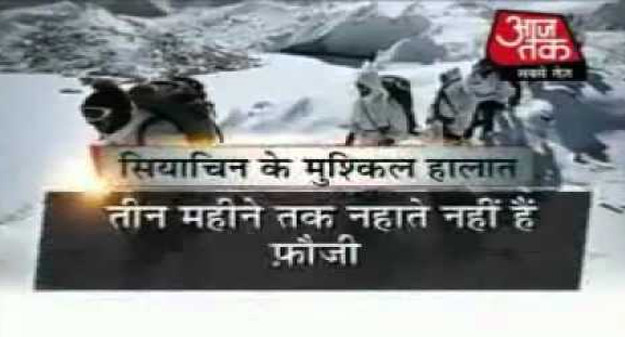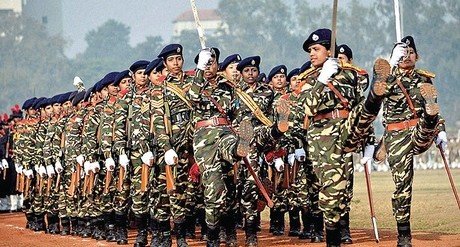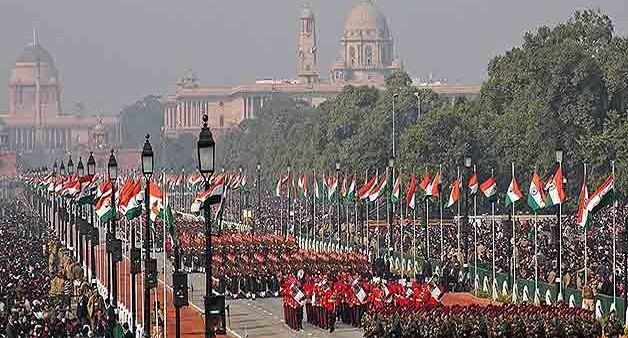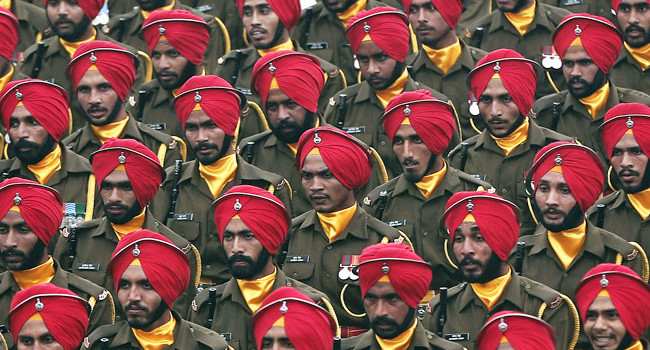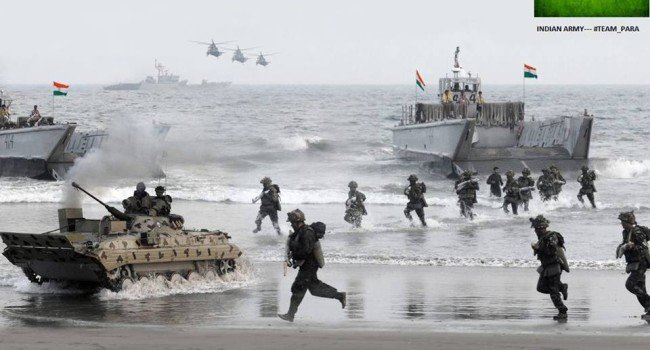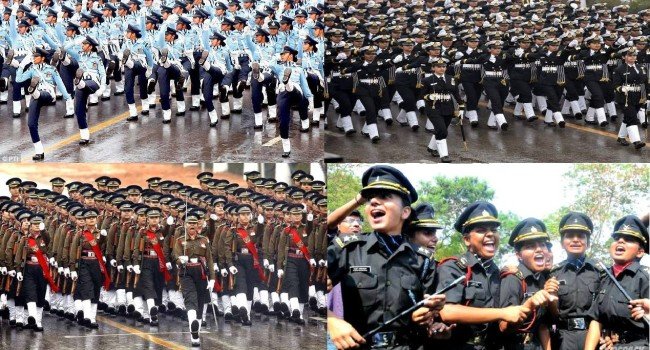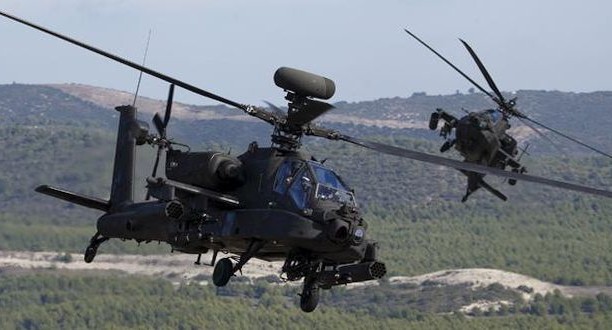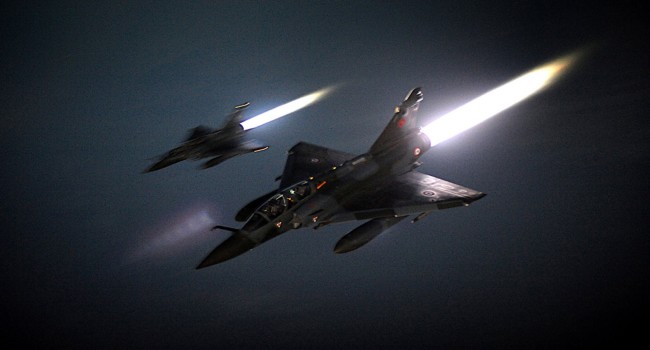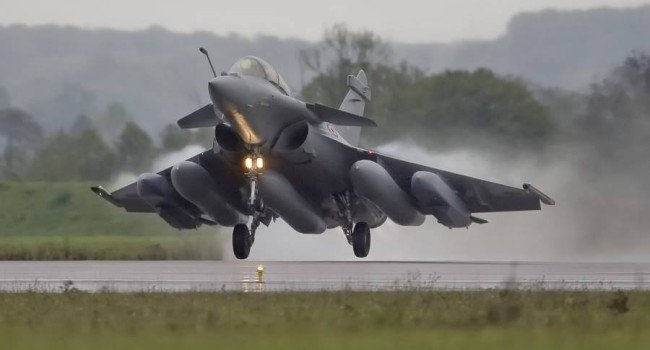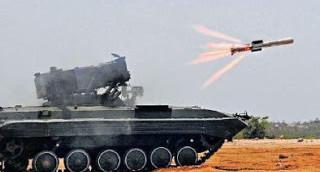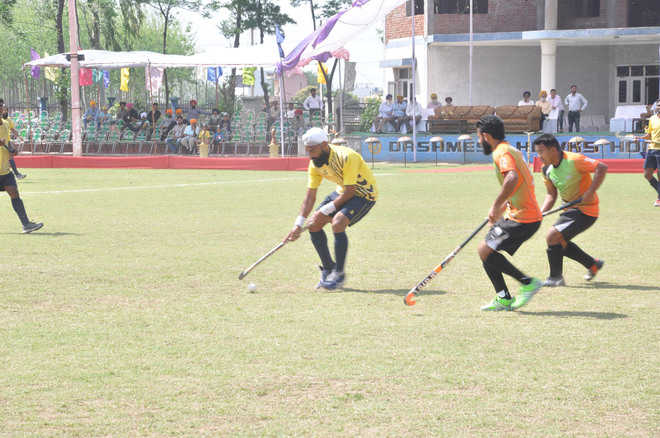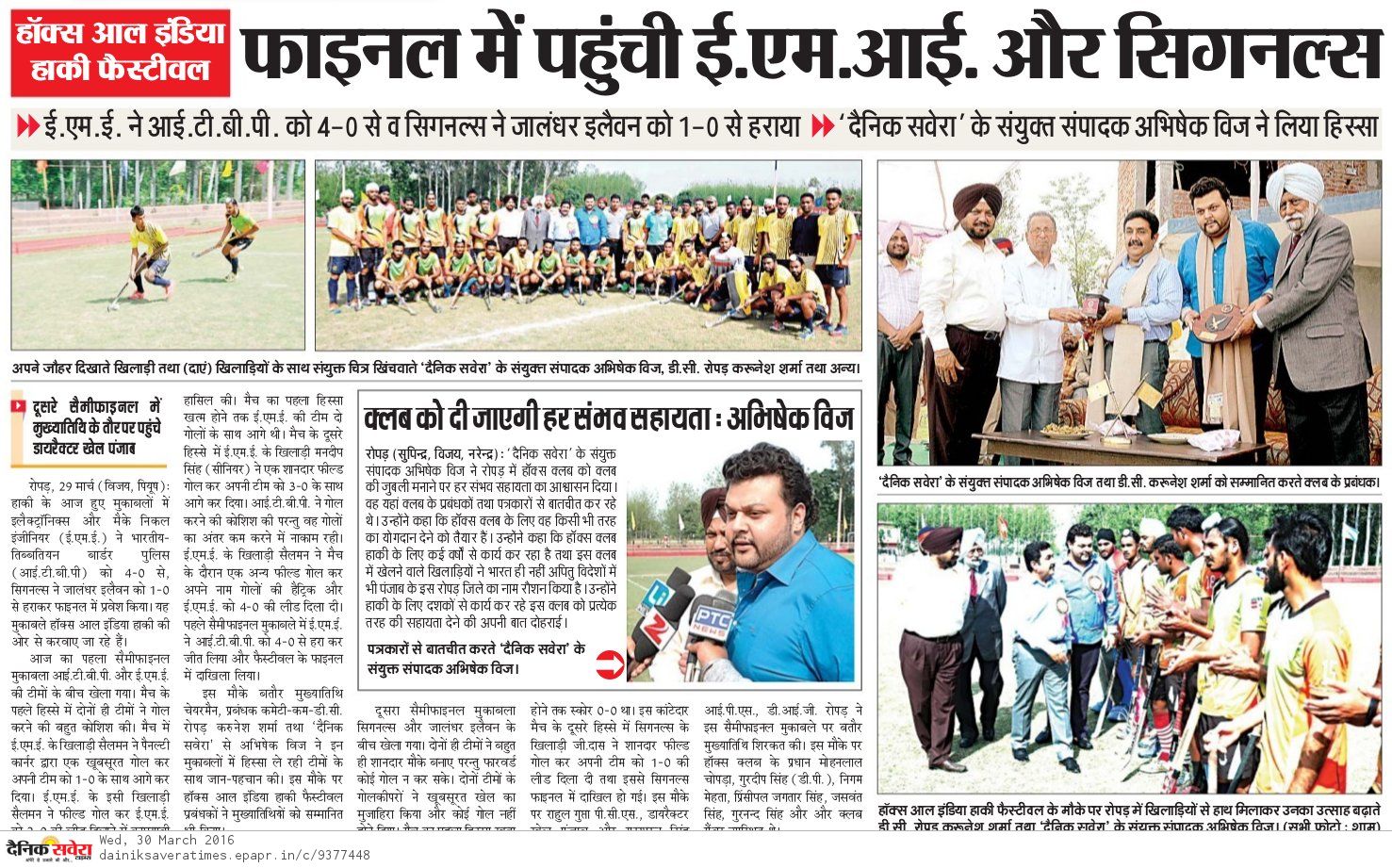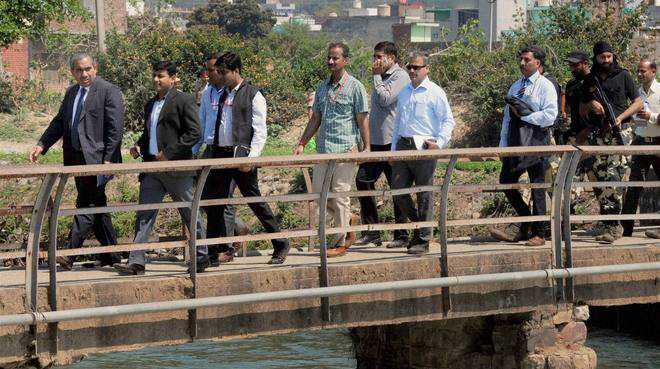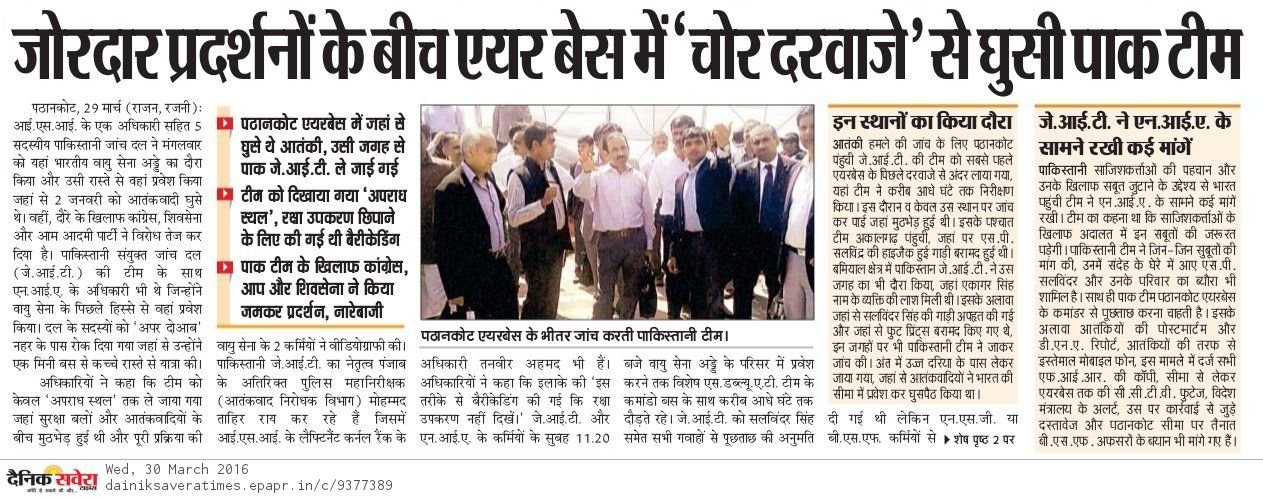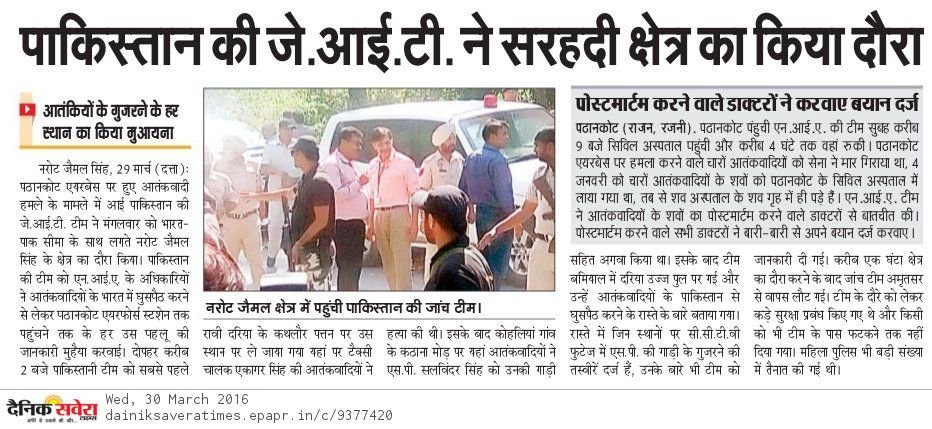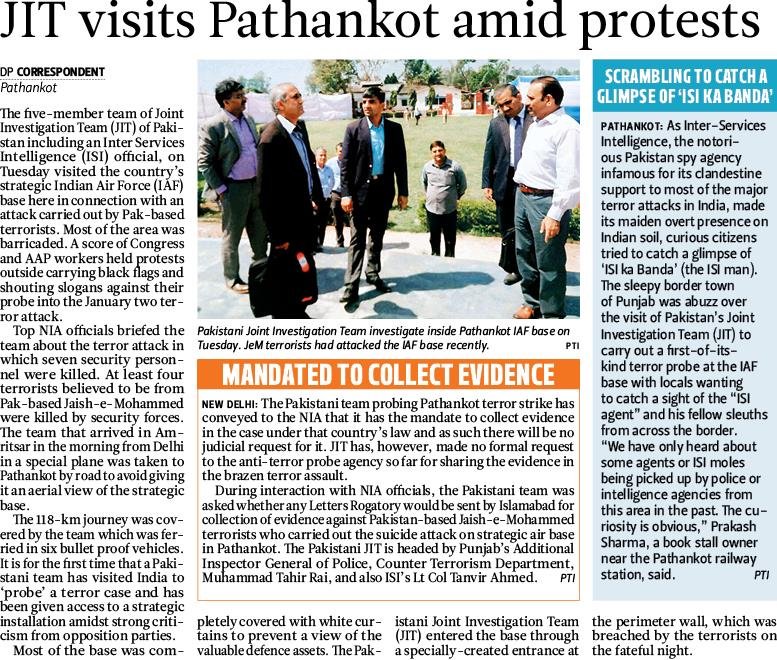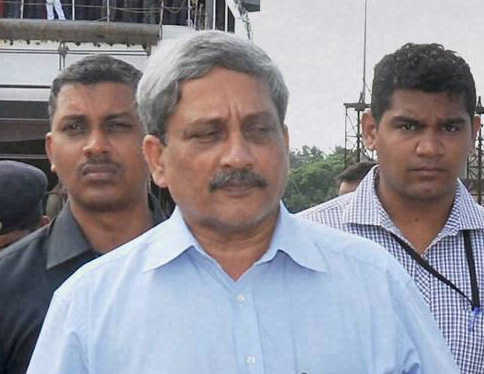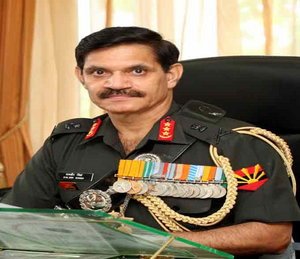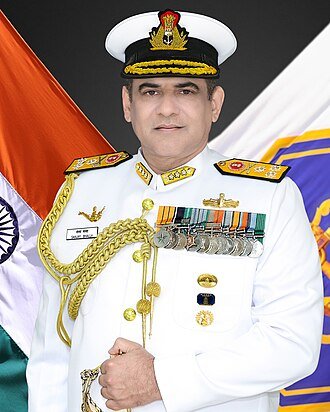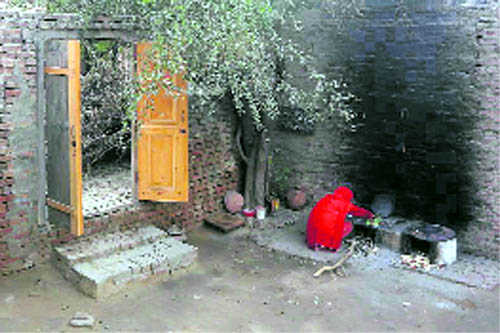 Shaheed Bhagat Singh’s house at Chak No 105 GB (now Bangay village) in Lyallpur, Pakistan. Tribune file photo
Shaheed Bhagat Singh’s house at Chak No 105 GB (now Bangay village) in Lyallpur, Pakistan. Tribune file photoVishav Bharti
Tribune News Service
Chandigarh, March 21
Declared a heritage site two years ago, Shaheed Bhagat Singh’s birthplace Chak No 105 GB (now Bangay village) in Lyallpur (Pakistan) has been thrown open to the public after its preservation. Activists of Lyallpur are organising Sardar Bhagat Singh Mela in the village on March 23, his martyrdom day.In February 2014, then Faisalabad district coordination officer Noorul Amin Mengal had visited Bhagat Singh’s house and announced that the district administration would preserve the martyr’s birthplace as a heritage site by spending around Rs 5 crore (in Indian currency).Mengal, who had earlier served in Lahore, had initiated the process to rename Shadman Chowk after the martyr.Tohid Chattha, research scholar, Government College University, Faisalabad, who is one of the organisers of the mela, said the district administration’s initiative had motivated the civil society of Lyallpur to honour the martyr’s memory. “Apart from his house, the entire village is being developed as a tourist place. The school in which Bhagat Singh studied is also being preserved,” said Chattha.“We will discuss his ideas and local singers will sing his heroic songs, which are part of our folklore,” he added.Prof Jagmohan Singh, Bhagat Singh’s Ludhiana-based nephew, who has also done research on the martyr’s works, said the mela was first held in 1932, a year after Bhagat Singh’s martyrdom. “It continued till 1947 but stopped after that. Then, people in India started holding a similar mela at Khatkar Kalan (Nawanshahr),” he added.Welcoming Pakistan’s restoration plan, Prof Jagmohan Singh said it was testimony to the universality of Bhagat Singh’s ideas. “His ideas transcend the narrow barriers of caste, religion or borders,” he said.Earlier, the house was being owned by an advocate, whose ancestors have preserved some of the martyr’s belongings all these decades. But the district administration acquired it from him.The belongings included a spinning wheel used by Bhagat Singh’s mother, a copper kneading tray, two wooden trunks and a closet of steel.“The people of Faisalabad take pride in the fact that Bhagat Singh was the son of their soil. They want the place to be known by his name,” Mengal had said when the restoration work was started.Bhagat Singh was born on September 28, 1907, at Bangay village, 150 km from Lahore and 35 km from Nankana Sahib, the birthplace of Guru Nanak.
Martyr’s museum project hanging fire for 7 years amid lack of funds
Cost of Shaheed Bhagat Singh museum has shot up from ` 8.45 crore to ` 18 crore
We sent a reminder to release the pending amount of ` 3 crore to the central government 10 days ago. Project work has been delayed because of lack of funds. SHIV CHARAN KUMAR, executive engineer, Markfed
SBS NAGAR: The project of building a museum dedicated to Shaheed Bhagat Singh at his native village, Khatkar Kalan, in the district has been left in the lurch for more than seven years.
 HT PHOTOShaheed Bhagat Singh Museum at Khatkar Kalan village in SBS Nagar.The protracted delay has also increased the total cost of the museum from ` 8.45 crore to ` 18 crore. The land acquisition cost of about ` 3 crore is also included in it.
HT PHOTOShaheed Bhagat Singh Museum at Khatkar Kalan village in SBS Nagar.The protracted delay has also increased the total cost of the museum from ` 8.45 crore to ` 18 crore. The land acquisition cost of about ` 3 crore is also included in it.
The executive agency for building the museum, Markfed, has been waiting for funds from the government, due to which the work was also stopped. As Shaheed Bhagat Singh’s martyrdom day falls on the coming Wednesday, some labourers reached the construction site.
It is pertinent to mention here that deputy chief minister Sukhbir Singh Badal is scheduled to address a rally at Khatkar Kalan on Wednesday, near the museum’s construction site.
Former Union home minister P Chidambaram had laid the foundation stone of the project on February 23, 2009, in the presence of the then Union minister for tourism and culture Ambika Soni and Punjab chief minister Parkash Singh Badal.
The museum was envisioned as a memorial to Bhagat Singh, Sukhdev, Rajguru, and more than 9,000 martyrs from Punjab who sacrificed their lives in the Indian freedom struggle.
As per the project, the existing building of the old museum was planned to be dismantled after the construction of the new building. For extension of the new museum, around 85 kanals of land was also acquired. The new structure will house the new museum, photo galleries, and an auditorium.
Earlier, Punjab Mandi Board was entrusted the work of constructing the new building, but after some time, Markfed was appointed the executive agency for the project.
Around 75% construction work of the museum has been completed by Markfed but completion of flooring, doors, windows, electrical fitting is awaited due to want of funds from the central government.
Executive engineer, Markfed, Shiv Charan Kumar said, “We sent a reminder to release the pending amount of ` 3 crore to the central government ten days ago. Work has been delayed because of lack of funds.”
He added that work regarding exhibits of martyrs, to be done by the department of tourism and cultural affairs, was still pending and museum work would be accomplished only after that.
Chief executive officer of Punjab Heritage and Tourism Promotion Board, Navjotpal Singh Randhawa, denied there were any issues related to the project. He said issues regarding land enhancement for the project had also been cleared and construction would be completed this year.












